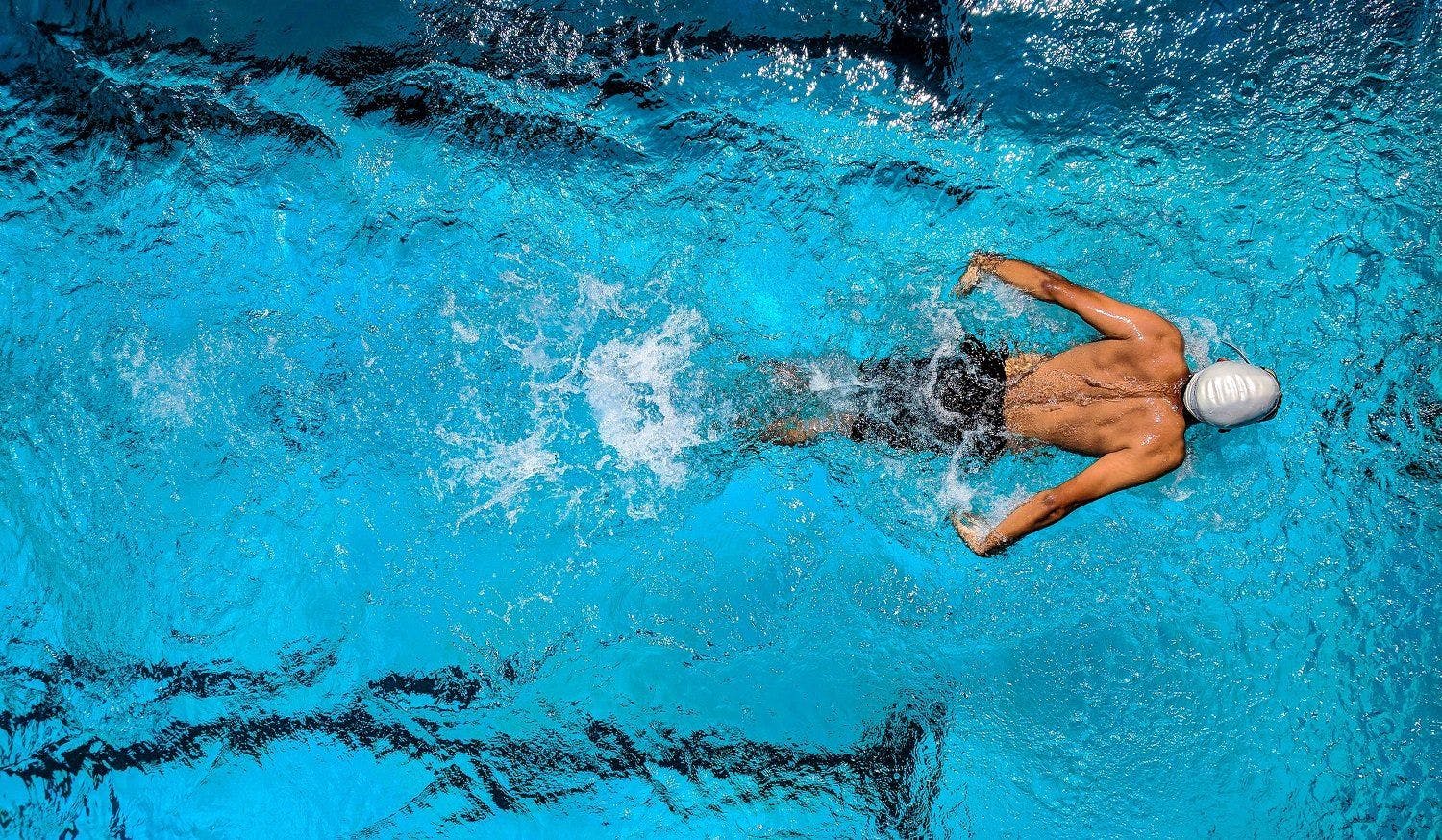Swimming: A Complete Sport for the Body
Swimming is a comprehensive sport that engages all parts of the body simultaneously. It is one of the healthiest and most practiced sports globally, offering both cardio and strength workouts. The body is in constant motion, increasing the heart rate while working against water resistance, thereby strengthening the muscles.
Compared to other sports, swimming is a low-impact exercise, beneficial for our tendons, joints, spindles, and muscles. However, it's crucial to perform the exercises correctly and master the swimming styles' technique. It also helps reduce muscle and joint tension by minimizing gravity's effect.
Swimming requires full awareness of our body and its constituent parts. Coordination and control of our breathing are vital, making it an excellent sport for stress relief. It's worth noting that the muscles of the legs, arms, and trunk are used in swimming, but each style works each muscle group differently and with varying intensity.
In this article, we will explore the four most basic swimming styles and their characteristics.
Front Crawl
The front crawl, also known as freestyle stroke or freestyle, is the most basic and common style. It is the first style taught in swimming classes and is the go-to style for beginners.
To master the front crawl, we must coordinate the upper and lower parts of our body. We must position ourselves face down, floating. With both arms, we perform strokes alternating the right and left arm. The palms should face down, like oars, to advance faster. To breathe, the swimmer turns their head to the side of the arm recovering forward. Breathing usually occurs every 2 or 3 strokes.
The alternating movement of the arms is important, but we must also use our legs. It must be a coordinated exercise: we must move our arms and legs simultaneously. This will create propulsion that moves us forward.
Backstroke
As the name suggests, this swimming style is performed on your back. It is similar to the front crawl style, with similar arm and leg movements, but in reverse. It is a great back workout for individuals with back problems.
We position ourselves on our back and alternately stroke backwards with a windmill-like motion. The palms of the hands should be outwards and above the head to propel us with greater power. The legs, like in front crawl, perform an alternating flutter kick. The body should be straight, with legs close together underwater.
Breaststroke
The breaststroke style is the slowest among the four main swimming styles. This technique is often the first taught to beginners because it does not require putting your head underwater. However, at more advanced levels, swimmers do submerge their head and breathe at designated points in the stroke.
This swimming stroke also occurs in a prone position. Both arms and legs perform simultaneous and symmetrical movements, with the arms making a half circular movement in front of your body and the legs a frog-like kick (whip kick). Breathing occurs when the hands meet below the chest, and the head and shoulders rise out of the water.
Butterfly Stroke
The butterfly stroke is an advanced swimming technique that requires great coordination and strength.
In this style, the swimmer is in a ventral position, and both the movements of the legs and arms are very similar to those performed in the front crawl style but simultaneously and with slight variations. This style is performed with an undulating and harmonious movement of the entire body, forming an "S" in the water when performed correctly.
For more information, talk to one of our Fitness Experts and get customized advice by submitting a request in our Mavyn website.
